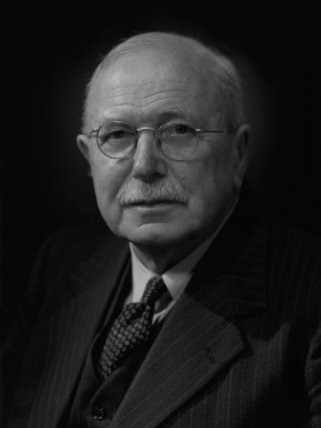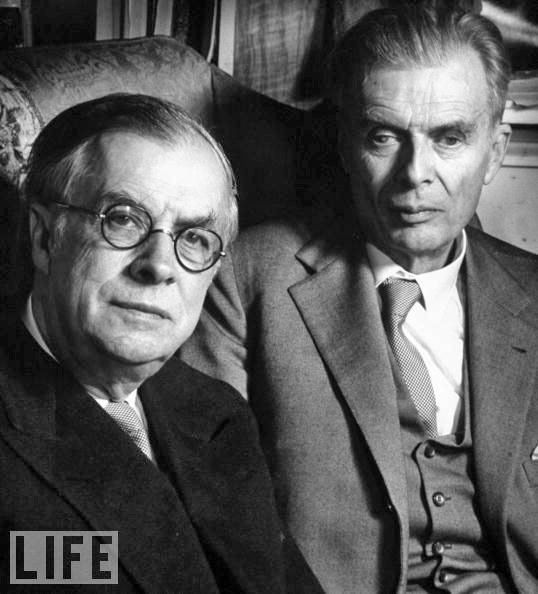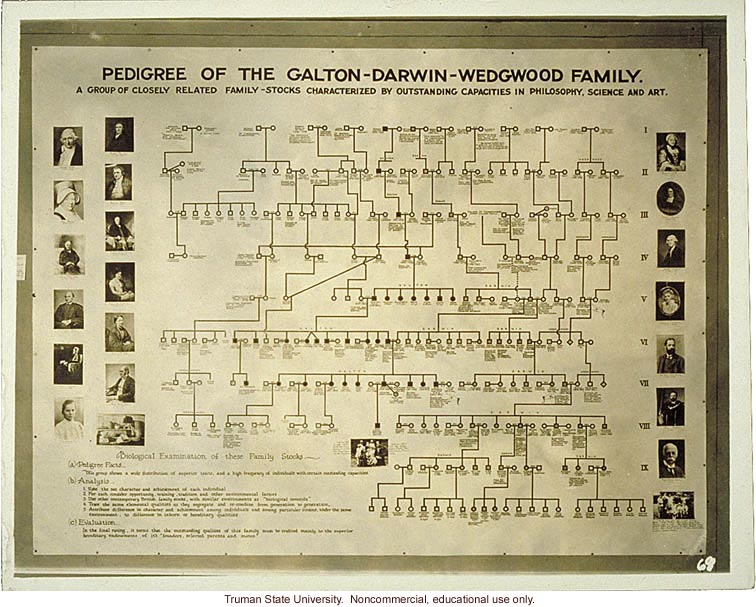Plain numerical DOI: 10.1192/apt.bp.112.010330
DOI URL
directSciHub download
Show/hide publication abstract

See also
Plain numerical DOI: 10.1017/S0317167100012397
DOI URL
directSciHub download

"Disobedience is the true foundation of liberty. The obedient must be slaves." ~Henry David Thoreau
Plain numerical DOI: 10.1192/apt.bp.112.010330
DOI URL
directSciHub download

Plain numerical DOI: 10.1017/S0317167100012397
DOI URL
directSciHub download
Developments in biotechnology and neuroscience have the potential to unleash an engineering of human beings previously inconceivable. Proper ethical governance and a new understanding of humanism, are necessary to steer these technological developments in the direction of supporting sustainable, just and peaceful futures. Such futures will depend on open data, open science and an expanded understanding of the right to education to include the right to data, to information and to the protection of privacy.
UNESO, International Commission on the Futures of Education, p.8 et seq.

unesco“It is, however, essential that eugenics should be brought entirely within the borders of science, for, as already indicated, in the not very remote future the problem of improving the average quality of human beings is likely to become urgent; and this can only be accomplished by applying the findings of a truly scientific eugenics.”
Sir Julian Sorell Huxley
From UNESCO Its Purpose and Its Philosophy
Plain numerical DOI: 10.2307/442317
DOI URL
directSciHub download
See also cognitive-liberty.online/julian-huxley-unesco-and-eugenics/

Keywords: Population-wide genetic sequencing, eugenics on steroids, full-spectrum surveillance, bio-sensors, bio-hacking, bio-data, big-data, population control, population surveilance, brain-computer interfaces, nano-technology, scientific propaganda, technocratic agenda, silicon valley, ray kurzweil, singularity, academic prostitution, intellectual sell out.
Selected publications:
Huxley, J. (1968). Transhumanism. Journal of Humanistic Psychology. doi.org/10.1177/002216786800800107
Kurzweil, R. (2008). The Coming Merging of Mind and Machine. Scientific American Sp. doi.org/10.1038/scientificamerican0208-20sp
Sorgner, S. L. (2008). Nietzsche, the Overhuman, and Transhumanism. Journal of Evolution & Technology.
Carafides, J. L. (2003). Nietzsche, Godfather of Fascism? Philosophical Inquiry, 25(1), 259–260. doi.org/10.5840/philinquiry2003251/222
See also Singularity University homepage: su.org



Sir Charles Galton Darwin, KBE, MC, FRS was an English physicist who served as director of the National Physical Laboratory during the Second World War. He was the son of the mathematician George Howard Darwin and a grandson of Charles Darwin. More at Wikipedia
“Another type of discovery may be connected with hormones, those internal chemical secretions which so largely regulate the operations of the human body. The artificial use of hormones has already been shown to have profound effects on the behaviour of animals, and it seems quite possible that hormones, or perhaps drugs, might have similar effects on man. For example, there might be a drug, which, without other harmful effects, removed the urgency of sexual desire, and so reproduced in humanity the status of workers in a beehive. Or there might be another drug that produced a permanent state of contentment in the recipient—after all alcohol does something like this already, though it has other disadvantages and is only temporary in its effects. A dictator would certainly welcome the compulsory administration of the “contentment drug” to his subjects.” p183
“Widespread wealth can never be common in an overcrowded world, and so in most countries of the future the government will inevitably be autocratic or oligarchic; some will give good government and some bad, and the goodness or badness will depend much more on the personal merits of the rulers than it does in a more democratic country.” p.194
“To think of it as possible at other times is a misunderstanding of the function of government in any practical sense of the term. If the only things that a government was required to do were what everybody, or nearly everybody, wanted, there would be no need for the government to exist at all, because the things would be done anyhow; this would be the impracticable ideal of the anarchist. But if there are to be starving margins of population in most parts of the world, mere benevolence cannot suffice. There would inevitably be ill feeling and jealousy between the provinces, with each believing that it was not getting its fair share of the good things, and in fact, it would be like the state of affairs with which we are all too familiar. If then there is ever to be a world government, it will have to function as government do now, in the sense that it will have to coerce a minority – and indeed it may often be a majority – into doing things they do not want to.” p.191
After the death of his first wife, Leonard married Rosalind Bruce (1890–1994), and had two further sons. The elder of these was David Bruce Huxley (1915-1992), whose daughter Angela Huxley married George Pember Darwin, son of the physicist Sir Charles Galton Darwin (and thus a great-grandson of Charles Darwin married a great-granddaughter of Thomas Huxley). The younger son (1917-2012) was the Nobel Prize winner, physiologist Andrew Fielding Huxley.
en.wikipedia.org/wiki/Huxley_family

Plain numerical DOI: 10.1037/a0013339
DOI URL
directSciHub download
Plain numerical DOI: 10.1146/annurev.genet.35.102401.090055
DOI URL
directSciHub download
Plain numerical DOI: 10.1136/jme.24.2.99
DOI URL
directSciHub download
Plain numerical DOI: 10.1038/064659b0
DOI URL
directSciHub download
Plain numerical DOI: 10.1086/374096
DOI URL
directSciHub download
Plain numerical DOI: 10.1016/B978-0-12-374984-0.00060-7
DOI URL
directSciHub download
Plain numerical DOI: 10.1086/521468
DOI URL
directSciHub download
Plain numerical DOI: 10.1007/s12115-008-9058-8
DOI URL
directSciHub download
Plain numerical DOI: 10.1111/j.1469-185X.2008.00036.x
DOI URL
directSciHub download
Plain numerical DOI: 10.1016/S1472-6483(10)62222-5
DOI URL
directSciHub download
Plain numerical DOI: 10.1177/0013124510380723
DOI URL
directSciHub download
Plain numerical DOI: 10.1111/j.1740-9713.2011.00507.x
DOI URL
directSciHub download

unesco“It is, however, essential that eugenics should be brought entirely within the borders of science, for, as already indicated, in the not very remote future the problem of improving the average quality of human beings is likely to become urgent; and this can only be accomplished by applying the findings of a truly scientific eugenics.”
Sir Julian Sorell Huxley
From UNESCO Its Purpose and Its Philosophy
Plain numerical DOI: 10.2307/442317
DOI URL
directSciHub download

Family based QTL mapping, or Family-pedigree based mapping (Linkage and association mapping), involves multiple families instead of a single family. Family based QTL mapping has been the only way for mapping of genes where experimental crosses are difficult to make. However, due to some advantages, now plant geneticists are attempting to incorporate some of the methods pioneered in human genetics.[20] Using family-pedigree based approach has been discussed (Bink et al. 2008). Family-based linkage and association has been successfully implemented (Rosyara et al. 2009)[21]
Francis Galton (cousin of Huxley) – eugenics
Huxleys bulldog
Galton created biometrics
“A pedigree of the Galton–Darwin–Wedgwood families that was exhibited as a poster at the Third International Congress of Eugenics in 1932 at the American Museum of Natural History has been located in the archives of Truman State University in Kirksville, Missouri. This pedigree was prepared by Harry Hamilton Laughlin, Director of the Eugenics Record Office of the Carnegie Institute. The pedigree shows consanguineous marriages within the three families. A special collection of rare Darwin family photographs assembled by Leonard Darwin has also been found in the Truman State University archives. These photographs were exhibited as a poster alongside the pedigree at the 1932 Eugenics Congress. The poster of the Galton–Darwin–Wedgwood pedigree is published here, together with a tabular version providing ready access to the information contained in the pedigree. Also included are the Darwin family photographs and a biographical sketch of Laughlin.” (Berra, et al., 2010; see references below)


Plain numerical DOI: 10.1111/j.1095-8312.2010.01529.x
DOI URL
directSciHub download
Plain numerical DOI: 10.1525/bio.2010.60.5.7
DOI URL
directSciHub download
Plain numerical DOI: 10.1093/humrep/den052
DOI URL
directSciHub download
Plain numerical DOI: 10.2307/2767224
DOI URL
directSciHub download